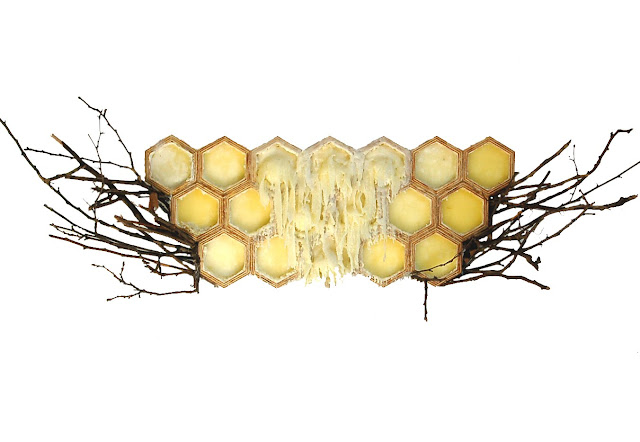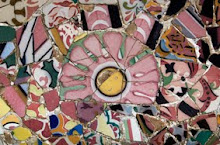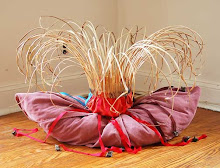
When I was invited to create an outdoor sculpture for Kimbolton School I wondered what could I build in the stately grounds of a former Tudor Castle, once home to King Henry VIII and Katherine of Aragon. The school was remodeled by John Vanbrugh in 1707 and is adorned with frescoes by the Venetian painter Giovannia Antonio Pellegrini.
 I searched for a personal connection to the site. Large coniferous trees lining "The Mall" struck me. There are Wellingtonia trees planted along the Eastern aspect of the school grounds over 200 years ago. They loom high above the Castle in majestical cone-shapes. One tree in particular captured me with its thin foliage and undulating branches. It looks old, in the later stages of life.
I searched for a personal connection to the site. Large coniferous trees lining "The Mall" struck me. There are Wellingtonia trees planted along the Eastern aspect of the school grounds over 200 years ago. They loom high above the Castle in majestical cone-shapes. One tree in particular captured me with its thin foliage and undulating branches. It looks old, in the later stages of life.I discovered that 'Wellingtonia' is the European name for the Giant Sequoia tree, one of the largest trees in the world. I decided to base a sculpture on the far-reaching roots of these giant transatlantic trees. (The roots lie only 3ft deep but cover up to half an acre of ground!) As I made some drawings I was reminded of A.M Worthington's famous discovery about the way water is displaced by mass. He charts his findings in "The splash of a drop".
 I have a penchant for water and for wood, so it came naturally to work with wood to make forms that are reminiscent of both roots (water carriers) and of water patterns themselves. The final design incorporates ripples and splash-lines but the colouration links the work back to the trees.
I have a penchant for water and for wood, so it came naturally to work with wood to make forms that are reminiscent of both roots (water carriers) and of water patterns themselves. The final design incorporates ripples and splash-lines but the colouration links the work back to the trees.It took two days to apply enough layers of paint to seal the wood. The sun had been shining all week, but when it came to installing the work, it began to rain. (Good old blighty!) I had 126 more stakes and 60 more strips of wood to install but the thin pieces were becoming too wet to work with.
On my final morning at the school, I discovered that the wooden geometric curves had sunk in the rain. I took a moment to survey the situation and saw my two options clearly - one to flounder and despair at this disaster, or the other: to embrace the unexpected changes in this work and lovingly accept them. I was amazed that I chose to shrug my shoulders and tell myself "It will be alright if I just carry on".
 Looking from strip to strip, I noticed that they all teasingly curve in exactly the same asymmetrical way. I had left the work with a formal arrangement of geometric curves and carefully measured concentric circles. I admit it looked a bit austere and very minimalist. I returned to find each curve had become two curves, a series of double bends sprawling outwards in an organic elegance that I could not have designed myself. I laughed a little, amused by the playful curves and then took up my hammer again.
Looking from strip to strip, I noticed that they all teasingly curve in exactly the same asymmetrical way. I had left the work with a formal arrangement of geometric curves and carefully measured concentric circles. I admit it looked a bit austere and very minimalist. I returned to find each curve had become two curves, a series of double bends sprawling outwards in an organic elegance that I could not have designed myself. I laughed a little, amused by the playful curves and then took up my hammer again.When I added the final un-soggy pieces they sprung high in the air, they rose to form an amphitheatre of rings across the lawn. Marveling at the uncontrollable forces of nature, I noticed that the alchemy of Art had occurred. I surrendered to a Universal Order greater than myself or my design. Since the heavy rain, the strips of wood have thankfully settled into stable curves. The sculpture absorbs water just like tree-roots, and has found equilibrium in the landscape. The double bends will gently degrade over time mimicking the growth and decline of the old Wellingtonia trees.






